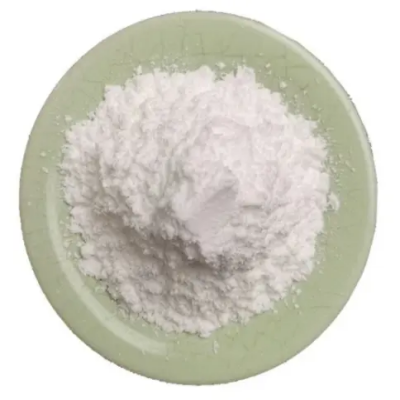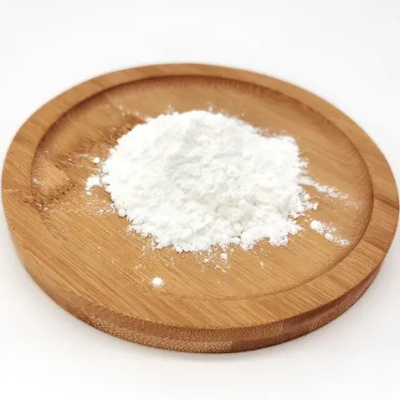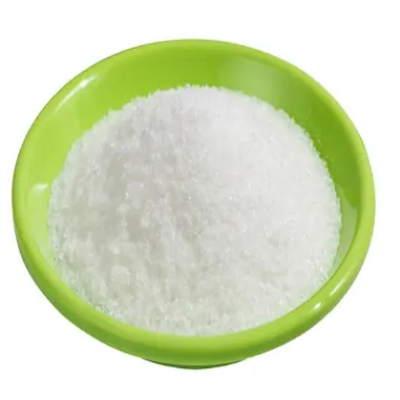Linagliptin interMediate F CAS:853029-57-9
Linagliptin Intermediate F is synthesized through a multi-step process involving key chemical transformations and purifications. Its synthesis typically begins with commercially available starting materials, including but-2-yn-1-ol and 2,4,5-trifluoroacetophenone. The initial steps focus on forming the quinazoline core structure, crucial for subsequent modifications leading to the final product, linagliptin. Synthetic Routes The synthesis route of Linagliptin Intermediate F involves the sequential assembly of functional groups around the quinazoline scaffold. Key steps include the introduction of the piperidine ring, trifluorophenyl moiety, and the alkyne functionality. These transformations are carefully orchestrated to ensure high yields and purity of the intermediate, essential for further chemical modifications. Pharmacological Significance In medicinal chemistry, Linagliptin Intermediate F serves as a pivotal intermediate enabling the large-scale production of linagliptin. The final drug product, linagliptin, effectively lowers blood glucose levels in diabetic patients by selectively inhibiting DPP-4, a critical enzyme in glucose metabolism regulation. This pharmacological mechanism underscores the therapeutic relevance and commercial importance of its intermediate forms. Applications in Pharmaceutical Industry Linagliptin Intermediate F is indispensable in pharmaceutical manufacturing, facilitating the synthesis of linagliptin on a commercial scale. Its synthesis demands high precision and adherence to stringent quality control standards to ensure consistent batch-to-batch production of linagliptin, meeting regulatory requirements for drug formulation and distribution. Conclusion Linagliptin Intermediate F plays a pivotal role in the synthesis pathway of linagliptin, a widely prescribed medication for managing type 2 diabetes mellitus. Its controlled synthesis and pharmaceutical significance underscore its criticality in the drug development process. Continued advancements in synthetic methodologies and process optimization are essential for enhancing efficiency and yield, thereby ensuring sustainable production of linagliptin to meet global healthcare needs. Research efforts continue to focus on refining synthetic routes and exploring novel intermediates to further improve the therapeutic outcomes of DPP-4 inhibitors in clinical practice.



| Composition | C20H17BrN6O2 |
| Assay | 99% |
| Appearance | white powder |
| CAS No. | 853029-57-9 |
| Packing | Small and bulk |
| Shelf Life | 2 years |
| Storage | Store in cool and dry area |
| Certification | ISO. |









